

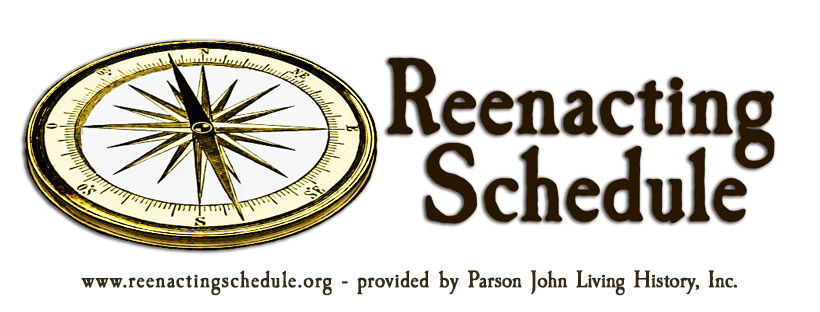








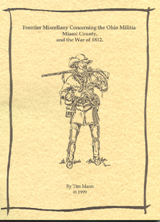
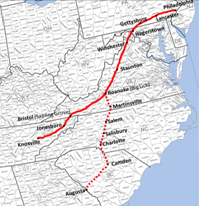
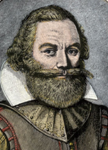
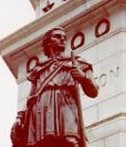

Thank you for visiting our website dedicated to publishing a Reenacting/Living History Events Schedule.
No login is necessary to view the Events, but registration is required to Submit an Event or to Comment on Posts.
Use the links above to register, log in, or submit a new event.

